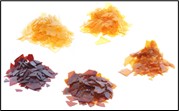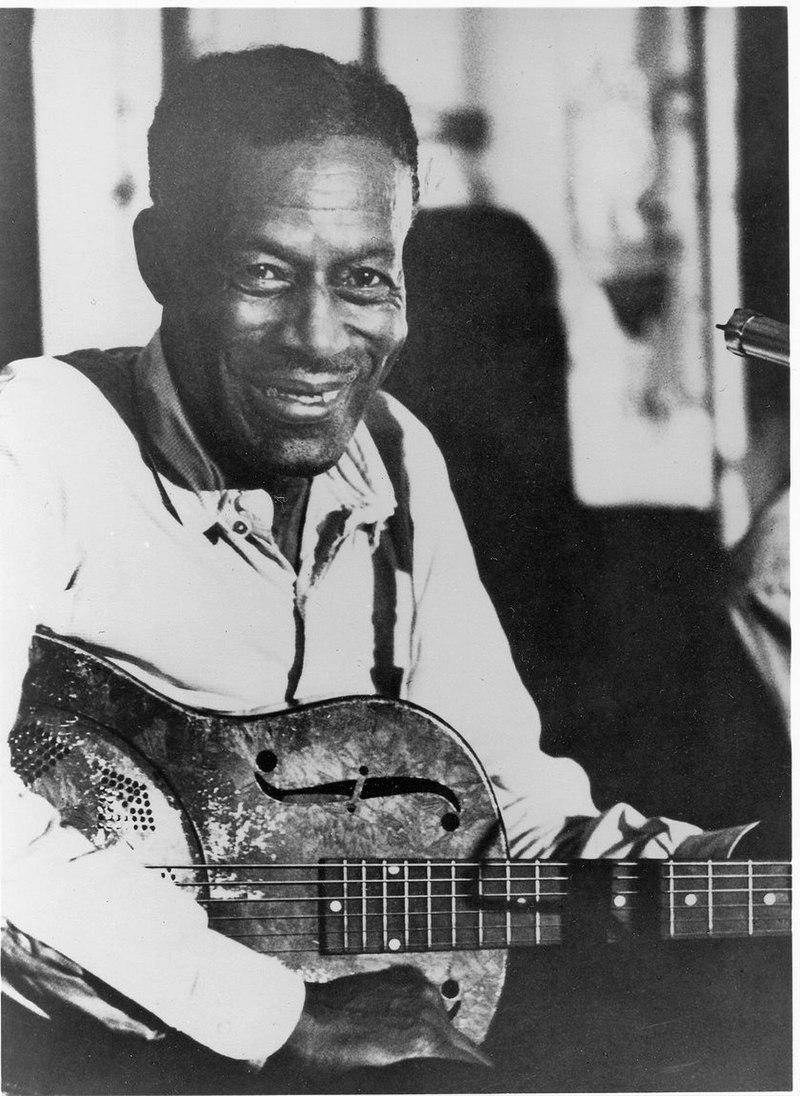
The Depression Years 4
Although Johnson came from the Mississippi Delta, he started traveling at an early age, playing moving and personalized blues, several of which he adapted from the recordings of earlier singers. He recorded "Phonograph Blues" while in Texas in 1936. Other singers of the younger generation (born in the second decade of the 1900s) were influenced by Johnson, who had died-possibly murdered-in 1938, as Alan Lomax and John Work discovered on a field trip in Mississippi made for the Library of Congress in 1941. In Clarksdale, they found Johnson's mentor, "Son" House, and also in the region, in Stovall, a young singer named McKinley Morganfield, who had been an admirer of Robert Johnson.
Morganfield later moved to Chicago, where he was soon known professionally by his former childhood nickname of "Muddy Waters." Some of the newly recorded Mississippi singers had already migrated to that city. One of the strongest, both in his vocals and his guitar-playing, Tommy McClennan, made his "Bottle It Up and Go" in 1939. The following year Bukka (Booker) White also recorded several influential blues of a rural Mississippi character in Chicago. In the late 1930s and early 1940s, a group of reliable, musically adept, and lyrically imaginative blues singers in the city-Big Bill (Broonzy), Tampa Red (Whittaker), Memphis Minnie, Jazz Gillum, Washboard Sam, and Sonny Boy Williamson-were extensively recorded. They had gathered enthusiastic audiences in the small South Side clubs where they played and were hosts to many more singers and instrumentalists in the blues idiom.

Some of the Many Colors of Shellac
This fruitful era of blues recordings came to a halt with the confluence of several factors, of which the most dramatic was the entry of the United States into World War II. Limitations on the use of shellac in wax records were one restriction (shellac had defense applications, and much of the supply came from the Far East), but the "Petrillo Ban," made on behalf of the American Federation of Musicians, had an even more significant impact. Introduced in the fear that the rapidly growing popularity of jukeboxes might threaten live performances, the ban against studios making records effectively terminated the first phases of blues recordings by 1943.
The St. Louis Blues
I got them Saint Louis Blues
just as blue as I can be
He's got a heart like a rock cast in the sea
Or else he wouldn't have gone so far from me
Bo-Weavil Blues
Hey, bo-weavil, don't sing the blues no more
Hey, hey, bo-weavil, don't sing the blues no more
Bo-weavil's here, bo-weavil's everywhere you go






